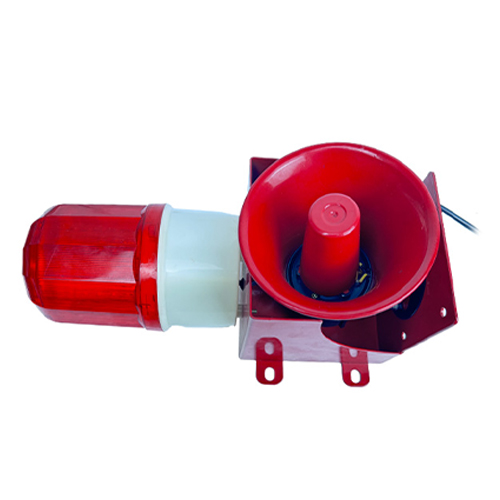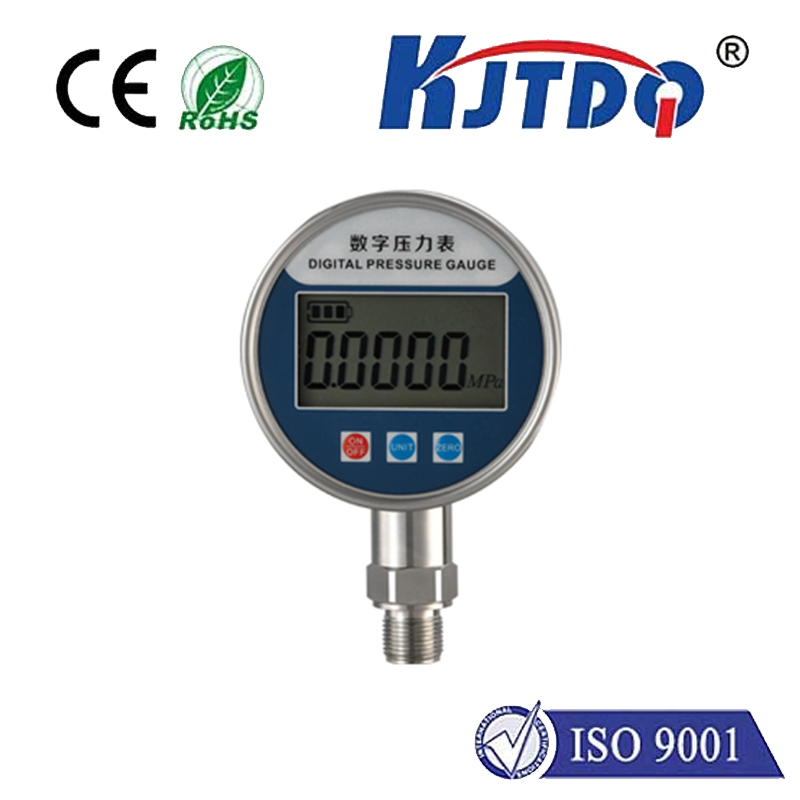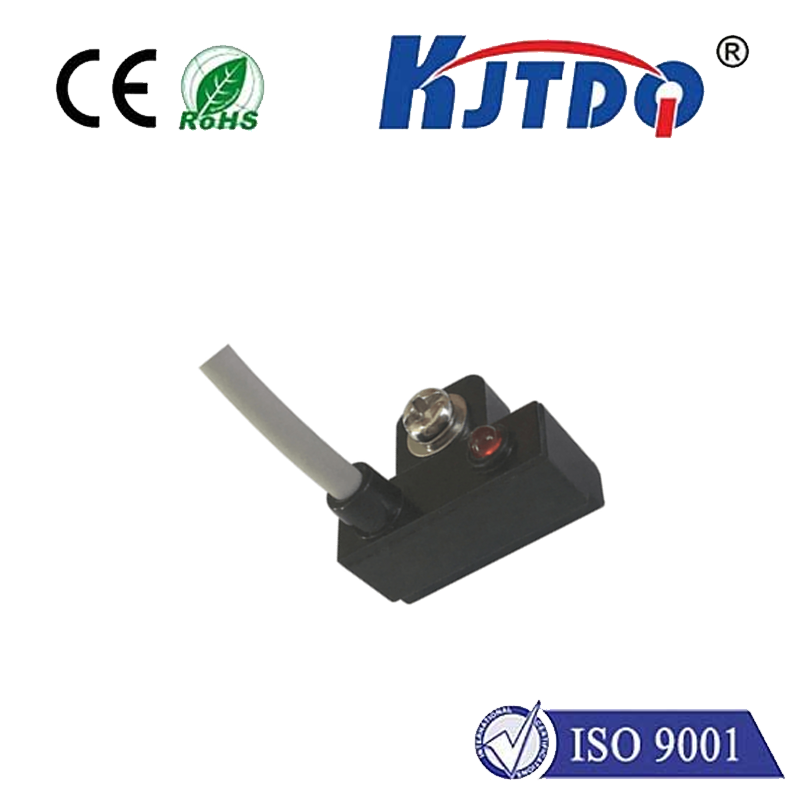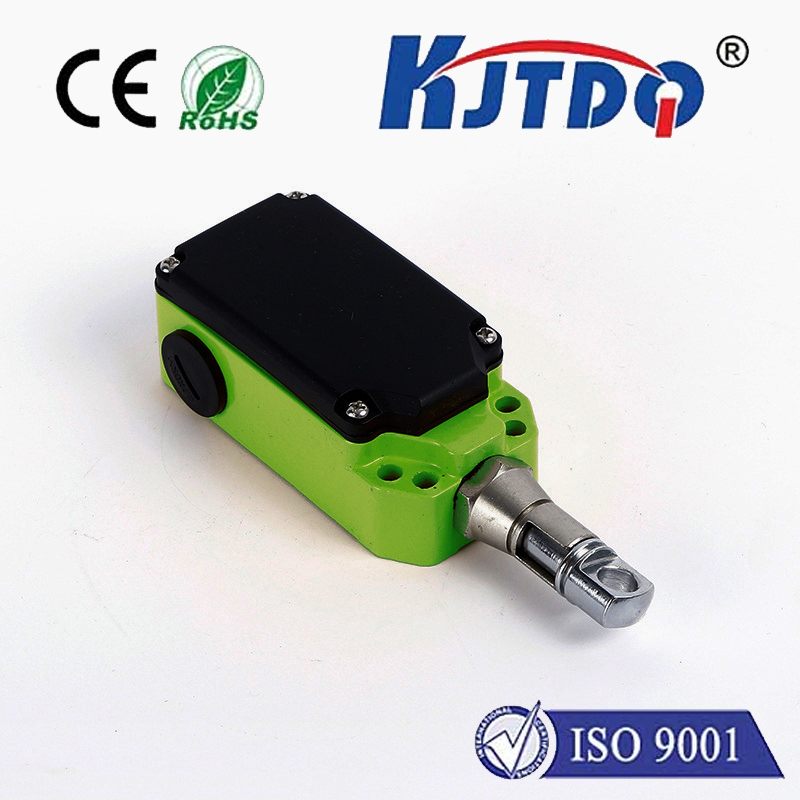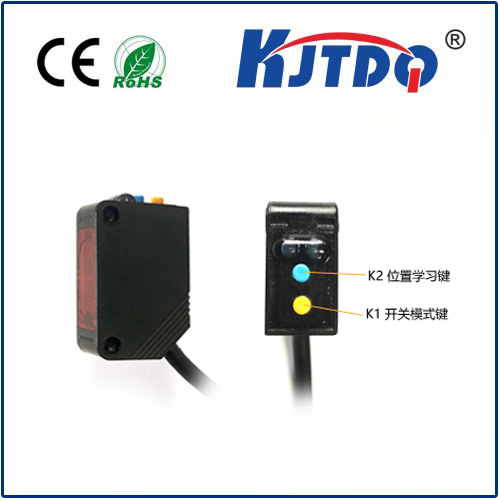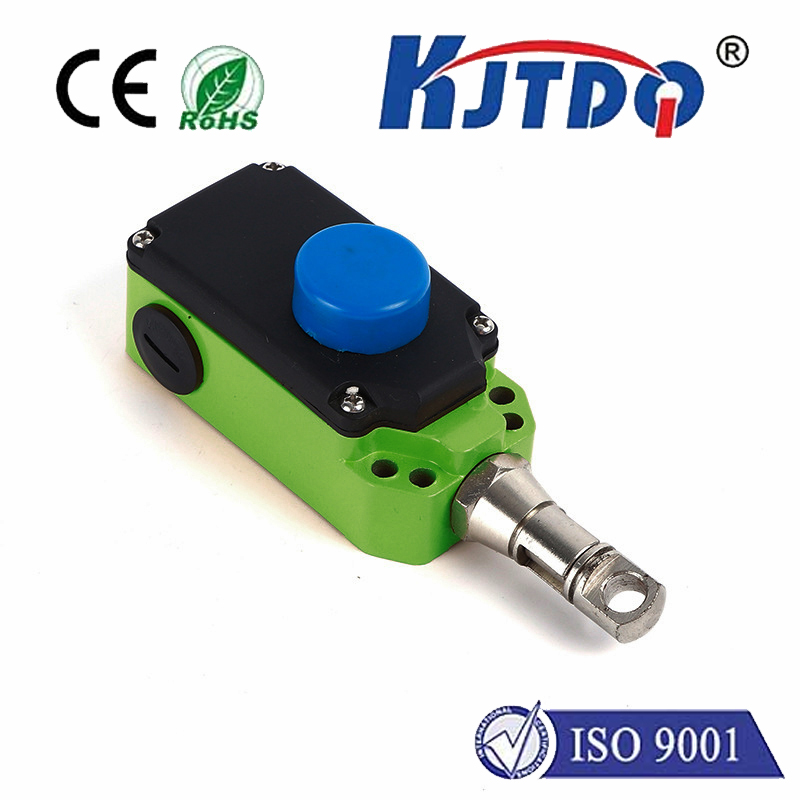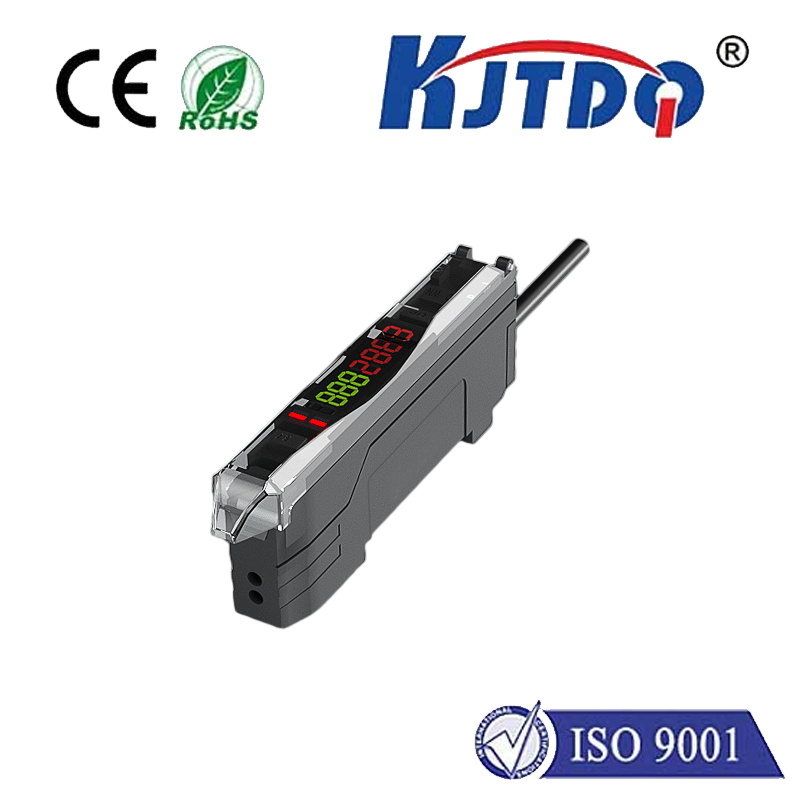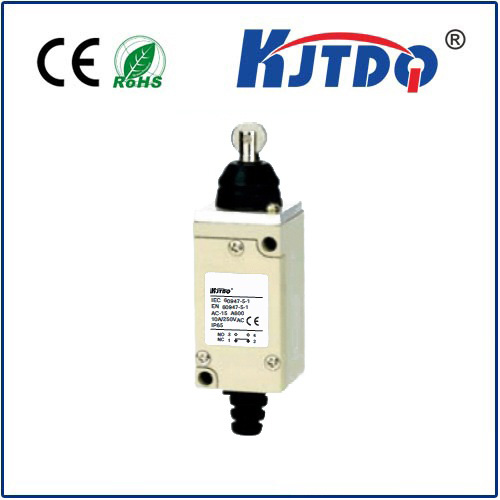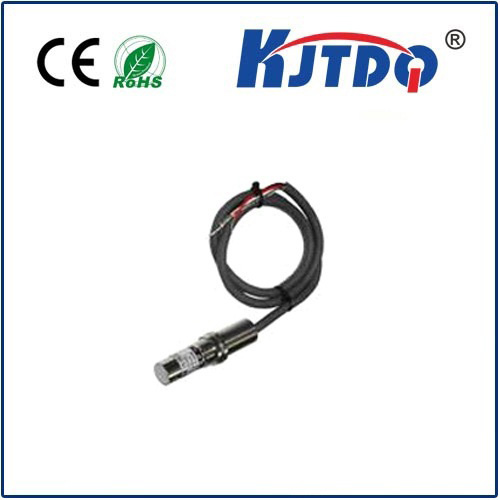laser particle counter sensor
- time:2025-08-29 01:56:35
- Click:0
Laser Particle Counters: The Unseen Guardians of Air Quality & Cleanliness
Ever wonder what truly lurks in the air you breathe or within the pristine environment of a critical manufacturing process? Invisible to the naked eye, microscopic particles – dust, allergens, pollutants, microbes, or process contaminants – can have profound impacts on health, product quality, and research integrity. This is where the sophisticated technology of the laser particle counter sensor becomes indispensable, acting as our eyes to the invisible world of aerosols.
Peering into the Invisible: How Laser Particle Counters Work
At its core, a laser particle counter (LPC) sensor operates on the principle of light scattering, specifically leveraging Mie Scattering Theory. Here’s the elegant science in action:
- Laser Light Source: A highly focused, stable laser beam (often a diode laser) provides the intense, coherent light needed. The wavelength (typically red, around 650-685nm) is chosen for optimal scattering by common particle sizes and its relative safety.
- Sampling System: A small, controlled volume of air is drawn rapidly through the sensor’s detection chamber via an internal pump. This ensures particles pass singly through the heart of the laser beam.
- Interaction & Scattering: As a particle traverses the laser beam, it interacts with the light energy. This interaction causes the light to scatter in all directions. The nature and intensity of this scattering depend critically on the particle’s size, shape, refractive index, and the laser’s wavelength.
- Photodetector Capture: Positioned strategically (usually at an angle like 90 degrees to minimize direct light interference), a highly sensitive photodetector captures the scattered light pulses. Larger particles scatter significantly more light than smaller ones.
- Signal Processing & Classification: The electronics convert the intensity of each light pulse detected into an electrical signal. Sophisticated algorithms analyze the pulse height. By correlating the pulse height (scattered light intensity) with calibrated standards, the sensor determines the size of the particle that caused it. Particles are then counted and sorted into predefined size bins (e.g., 0.3µm, 0.5µm, 1.0µm, 5.0µm).
- Concentration Calculation: Knowing the precise volume of air sampled over a given time allows the sensor to calculate the particle concentration for each size channel – typically expressed as particles per cubic meter (pcs/m³) or cubic foot (pcs/ft³).
Beyond Simple Counting: Capabilities and Configurations

Modern laser particle counter sensors are marvels of micro-engineering and data processing, offering capabilities far beyond simple counting:
- High Sensitivity: Capable of detecting particles down to 0.1µm and even smaller in high-end models, capturing even ultrafine particles.
- Multiple Size Channels: Simultaneously count and classify particles into 6, 8, or even more distinct size ranges, providing detailed particle size distribution data crucial for analysis.
- High Flow Rates: Common flow rates are 0.1 CFM (2.83 LPM), 1.0 CFM (28.3 LPM), and 50 LPM or 100 LPM for larger applications, impacting sampling speed and statistical accuracy.
- Real-time Monitoring: Provide continuous or near real-time data streams, essential for dynamic environments or continuous process monitoring.
- Compact & Portable Designs: While benchtop and fixed installation units exist, many are designed to be handheld or easily integrated into portable instruments for flexible aerosol monitoring.
- Data Logging & Connectivity: Integrated memory, USB ports, Wi-Fi, and Ethernet connectivity allow for real-time data logging, transfer, and remote monitoring.
Where Precision Air Monitoring is Non-Negotiable: Key Applications
The reliability and accuracy of laser particle counter sensors make them vital across numerous sectors:
- Cleanroom Certification & Monitoring (ISO 14644): Ensuring classified environments (ISO Class 1 to 9) meet stringent particle count limits during qualification and routine monitoring is absolutely fundamental. LPCs are the industry standard tool.
- Pharmaceutical & Biotechnology Manufacturing: Controlling airborne contamination is critical for product sterility and safety. Particle counters monitor aseptic filling lines, isolators, sterilizing tunnels, and production areas.
- Microelectronics & Semiconductor Fabrication: Even a single microscopic particle can ruin a microchip. Continuous environmental monitoring in fabs is essential.
- Healthcare & Hospital Infection Control: Monitoring operating theaters, sterile compounding areas (USP , ), isolation rooms, and general air quality to mitigate infection risks.
- HVAC System Performance Verification: Assessing filter efficiency (HEPA/ULPA), duct leakage, and overall system effectiveness in maintaining indoor air quality (IAQ).
- Environmental Monitoring & Research: Studying atmospheric aerosols, pollution levels, occupational health (e.g., silica dust), and climate research.
- Product Testing & Quality Control: Evaluating the cleanliness of components (e.g., in automotive, aerospace), packaging integrity, and shedding from materials.
Understanding Limitations and Ensuring Accuracy
While highly effective, laser particle counter sensors do have nuances:
- Particle Composition: They count but do not identify particle composition (dust, bacteria, metal, salt). The size and scattered light intensity correlate, but chemical makeup isn’t discerned.
- Shape Assumptions: Calibration usually assumes spherical particles. Non-spherical particles (like fibers) may be sized differently (equivalent optical diameter).
- Refractive Index: The calculated size depends on the particle’s refractive index. Significant deviations from the calibration material (often latex spheres) can cause sizing errors.
- Concentration Limits: At very high concentrations, coincidences (multiple particles in the beam simultaneously) can lead to undercounting and mis-sizing. Dilution systems can mitigate this.
- Calibration is Key: Regular calibration against traceable standards is absolutely crucial for maintaining trustworthy and accurate particle measurements, especially for regulatory compliance and critical applications. This ensures the sensor’s sizing and counting accuracy remain within specified tolerances over time. Look for references to ISO 21501-4 calibration standard.
The Essential Tool for Seeing What Matters
Laser particle counter sensors represent a remarkable fusion of optical physics and electronics, providing an objective, quantitative window into the invisible world of airborne contamination. From safeguarding life-saving pharmaceuticals and cutting-edge microchips to protecting human health in hospitals and homes, these sensors are fundamental tools for quality control, safety assurance, and environmental research. Their ability to deliver real-time, high-resolution particle size and count data makes them indispensable wherever understanding and controlling airborne particles is paramount – making the unseen, seen, and manageable. When precision in aerosol monitoring and particle concentration data is non-negotiable, the laser particle counter sensor stands as the reliable, sophisticated solution.






